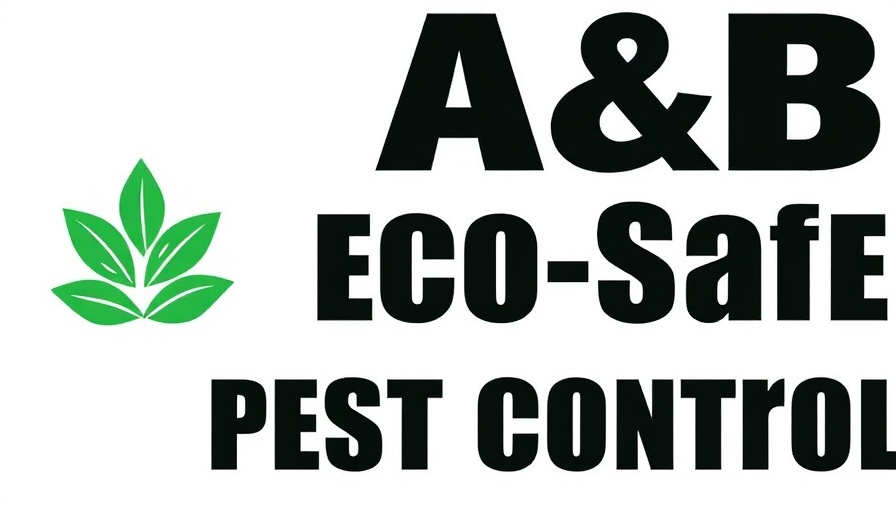
Enhancing Your Lawn: The Essential Guide to Weed Control and Fertilization
Your lawn is often the first thing people notice about your home, serving as a backdrop for summer barbecues, kids’ playdates, and relaxing evenings. But maintaining a lush, green yard can feel like a daunting task, especially when faced with weeds and bare patches. With the right techniques and a bit of love, transforming your lawn into a verdant paradise is totally achievable. Here’s how to tackle weed control and fertilization effectively.
Understanding the Weeds: Identification Is Key
Weeds can be a common nuisance, but not all weeds are the same. Identifying which types are invading your yard is crucial in formulating a battle plan. Common offenders include dandelions, clover, and crabgrass. Each kind requires different treatment methods—some may be easily pulled, while others might need specialized herbicides. A simple online search or a visit to your local garden center can help you identify the weeds troubling your lawn.
The Role of Fertilization: Feeding Your Lawn
In tandem with effective weed control, proper fertilization is vital for a vigorous lawn. Think of fertilizer as a multivitamin for your grass. But how do you choose the right one? The numbers on fertilizer bags represent nitrogen, phosphorus, and potassium (N-P-K); for most lawns, a balance of these elements promotes lush growth. Test your soil to determine which nutrients are lacking, and choose a fertilizer that meets those needs.
Weed Control Methods: Natural vs. Chemical
When it comes to controlling weeds, you have options. Natural methods such as boiling water, vinegar, or salt can be effective for smaller infestations. For a more extensive weed problem, many homeowners opt for chemical herbicides. However, be cautious—some products may harm beneficial plants and soil health. Always follow label instructions and consider using organic options to minimize environmental impact.
Creating a Fertilization Schedule: Consistency Is Key
Fertilizing your lawn is not a one-and-done task. A fertilization schedule, ideally every 6-8 weeks during the growing season, helps your grass absorb nutrients effectively. Fall fertilization is vital as it prepares your lawn for winter. Concurrently, pulling weeds regularly prevents them from seeding and spreading. This dual approach will keep your lawn healthy and vibrant.
Practical Lawn Maintenance Tips
Alongside your weed control and fertilization efforts, embracing daily habits for better lawn care makes a difference. Regular mowing not only keeps the lawn neat but encourages grass to thicken, reducing the chances of weed takeover. Consider mulching the clippings back into the lawn to recycle nutrients. When watering, aim for deep, infrequent watering to encourage deep root growth. Over-watering can invite disease and foster more weeds.
Final Thoughts: Cultivating a Yard You Love
Maintaining a beautiful lawn is both an art and a science. By understanding the nature of your weeds and the needs of your soil, you can create a lush, inviting green space that you—and your neighbors—will love. Embrace these practical tips, and you’ll find that cultivating your yard becomes not just a chore but a rewarding part of your daily routine. And remember, as you nurture this outdoor space, you are also contributing to a greener planet.
 Add Row
Add Row  Add
Add 




 Add Row
Add Row  Add
Add 

Write A Comment